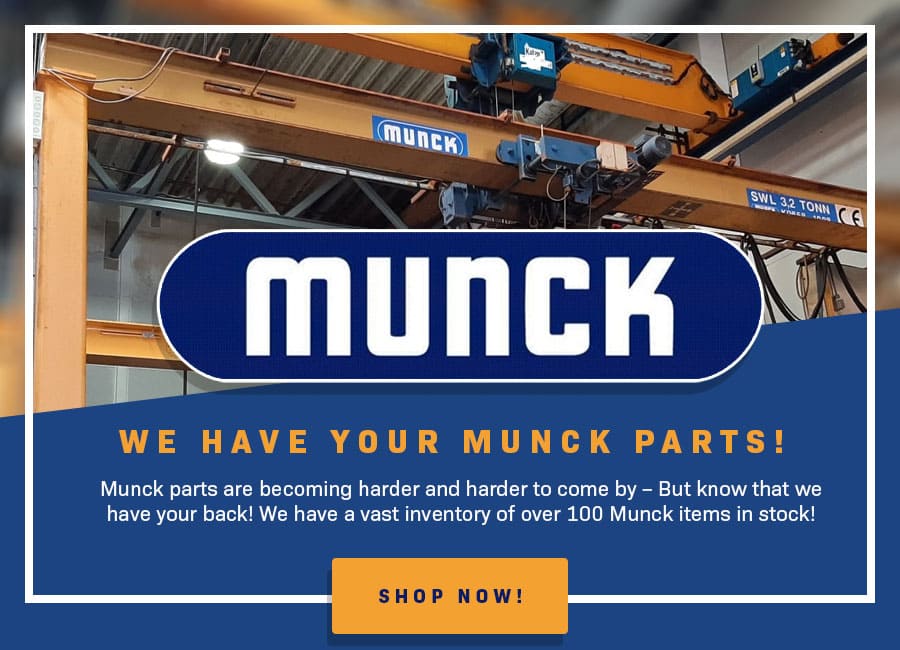Overview of the CMAA Buyer’s Guides
Leave a Comment
The Crane Manufacturers Association of America (CMAA) provides four detailed buyer’s guides to help prospective buyers of electric overhead traveling cranes and lifting devices make informed decisions. Each guide addresses specific types of cranes and lifting equipment, offering valuable insights into their features, applications, and benefits.
The CMAA Buyer’s Guide Companion
The CMAA Buyer’s Guide Companion helps buyers make informed decisions when selecting crane and hoist systems by asking a series of targeted questions. These questions guide users through critical considerations, such as design specifications, load capacities, structural integrity, safety features, and compliance with industry standards. By addressing these key aspects, the guide ensures that buyers choose equipment that meets their specific operational needs, promotes safety, and adheres to regulatory requirements. This advisory tool simplifies the complex process of crane selection, providing a structured approach to evaluating and purchasing the right system for your application.
The CMAA Multiple Girder Cranes Buyer’s Guide
The CMAA Buyer’s Guide for Top Running Bridge & Gantry Type Multiple Girder Electric Overhead Traveling Cranes helps buyers navigate the complexities of selecting the right multiple girder crane by guiding them through key considerations such as the intended service, frequency of use, required speed to match operational needs, and budget constraints. The guide features practical tools like the “Crane Inquiry Data Sheets” which facilitate productive discussions with crane manufacturers. Additionally, it includes “Crane Service Classifications” to match cranes to service conditions and a “Suggested Operating Speeds” chart to determine the optimal travel and hoisting speeds. The CMAA also provides online resources, including slides that offer further insights into various overhead material handling equipment options.
The CMAA Single Girder Cranes Buyer’s Guide
The CMAA Buyer’s Guide for Top Running & Under Running Single Girder Electric Traveling Cranes Utilizing Under Running Trolley Hoists assists buyers in the meticulous process of selecting the appropriate single girder crane by focusing on key aspects such as the intended service, usage frequency, operational speed requirements, and budget considerations. The guide begins with “Crane Inquiry Data Sheets”, which serve as a starting point for in-depth discussions with crane manufacturers, allowing for tailored advice based on specific needs. Additionally, “Crane Service Classifications” help match cranes to their actual service conditions, while a “Suggested Operating Speeds” chart guides the selection of optimal travel and hoisting speeds.
The CMAA Below-the-Hook Devices Buyer’s Guide
The CMAA Buyer’s Guide for Below-the-Hook Lifting Devices assists buyers in selecting the appropriate lifting devices by addressing critical factors such as the load’s weight, dimensions, material, and surface conditions. The guide begins with a detailed checklist to accurately describe the loads the device will handle, including considerations like load center of gravity, temperature, and surface conditions. It also covers operating conditions, such as ambient temperature, humidity, and potential exposure to corrosive or explosive environments. Additionally, the guide includes digital photos and examples of attachment devices like slings, lift beams, magnet beams, vacuum beams, and other below-the-hook lifters.
Informed Decisions with CMAA Buyer’s Guides
The comprehensive approach in CMAA’s Buyer’s Guides ensures that buyers can make informed decisions tailored to their specific applications, promoting efficiency and standardization in material handling operations. By reviewing these considerations and discussing them with potential suppliers, buyers are better equipped to select the most suitable crane or lifting system for their needs. This collaborative process enhances safety, efficiency, and adherence to industry standards, ensuring that the chosen equipment meets all operational requirements effectively.
For more detailed information and to download the full Buyer’s Guide, click here.








